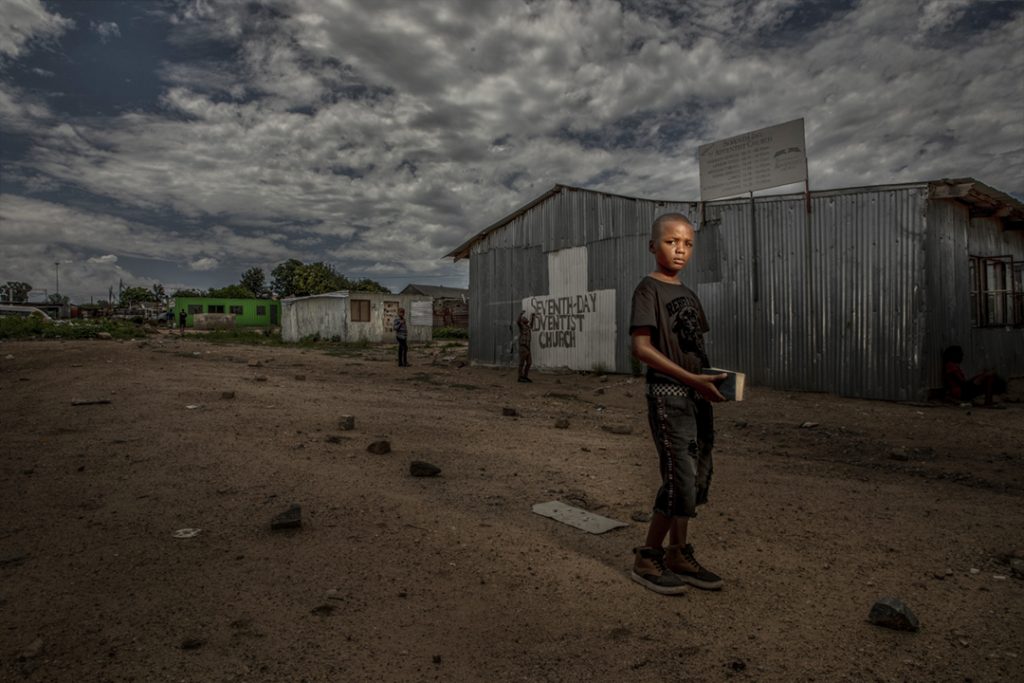
Above: Image by Gina Milicia
A beautiful subject in an awesome location can be ruined by poor light. So when you’re organizing a shoot, looking for good light should be the first thing you do.
The Good, the Bad and the Ugly
There are three elements to a great portrait: light, subject and location.
Which is more important? Let me put it this way: if light, subject and location played paper, scissors, rock; light would always win.
Why? A beautiful subject in an awesome location can be ruined by poor light. So when you’re organizing a shoot, looking for good light should be the first thing you do.
The results you can achieve shooting in natural light can be incredible, but natural light is fickle. It will never look the same twice. To find yourself with a spectacular background and great light is incredibly rare so if you can recreate the beauty of natural light, you can create a beautiful photo anywhere.
Be prepared
“By failing to prepare, you are preparing to fail.”
–Benjamin Franklin
Before you aim your camera at anyone, you should be confident that your lighting and your settings are correct. You see, the longer your set-up and testing process takes the more everyone loses confidence in you, including your sitter. So it’s important to get it all done before your sitter is in position.
But it’s very difficult to check your settings unless you have someone to test it on.
When I started out as a professional photographer, I didn’t have a budget for assistants so I invested in “Wayne”. “Wayne” is still an important member of my team.
I simply attach “Wayne” to a light stand and voila, I have an excellent body double to test my lighting and settings on. He never complains or argues and he works for free.
Ideally “Wayne” would be a middle-grey colour, to mimic a tone the light meter will read as an average skin tone. Not too light or too dark.
You really just need to see the light bouncing off something to check your settings. If you want to get a bit more MacGyver, you can use an old basketball or a polystyrene ball on a broomstick. I’ve even used my tripod.
Now I have the luxury of an assistant to stand in and do some blue steel shots. (You know the blue steel look, don’t you? From the Zoolander movie!)
Keep it simple
Using 10 lights won’t make your shot 10 times better.
Early in my photography career, I thought that if I didn’t use lights and props the world would think I didn’t know what I was doing….. but that’s just not true.
Shooting well in natural lighting is a skill all on its own. You just can’t beat Mother Nature and when it all comes together – your model, location and beautiful light – it’s incredible.
It’s important to learn how to see the potential in the light around you and use it to bring out the best in your model. And then to learn how to recreate it, well.
Goldilocks protocol – one size doesn’t fit all
Your lighting will help you tell the story you want to. Unfortunately, there isn’t one lighting scenario that will work for everyone and it’s important to match your lighting to the mood and the person you are photographing.
For example, hard light enhances every line. It’s perfect for capturing character lines in a portrait because hard light creates more contrast.
Soft light, on the other hand, will fill in shadow areas of a portrait and create a more flattering light.
What type of look are you going for? Pick the best light for the job.
Experiment and develop your own signature lighting style
“Fashion is what you’re offered four times a year by designers. And style is what you choose.”
–Lauren Hutton
Your personal photographic style will probably be a combination of many things:
- The lenses and cameras you work with
- How you direct and pose your sitters
- How you light them
- How you process your images
You may find that, at first, your style is a combination of all the photographers and artists who have influenced you. With time, this composite of styles will evolve into a style that is all your own.
And your individuality will draw people to you.
Unfortunately, there are no shortcuts on this one! My advice is to shoot as much as you can. You will begin to discover the style and aspects you love and that will become your style.
I love hearing people tell me that they recognized my shots, without seeing my name.
What are your basic lighting rules? I’d love to hear about them.


